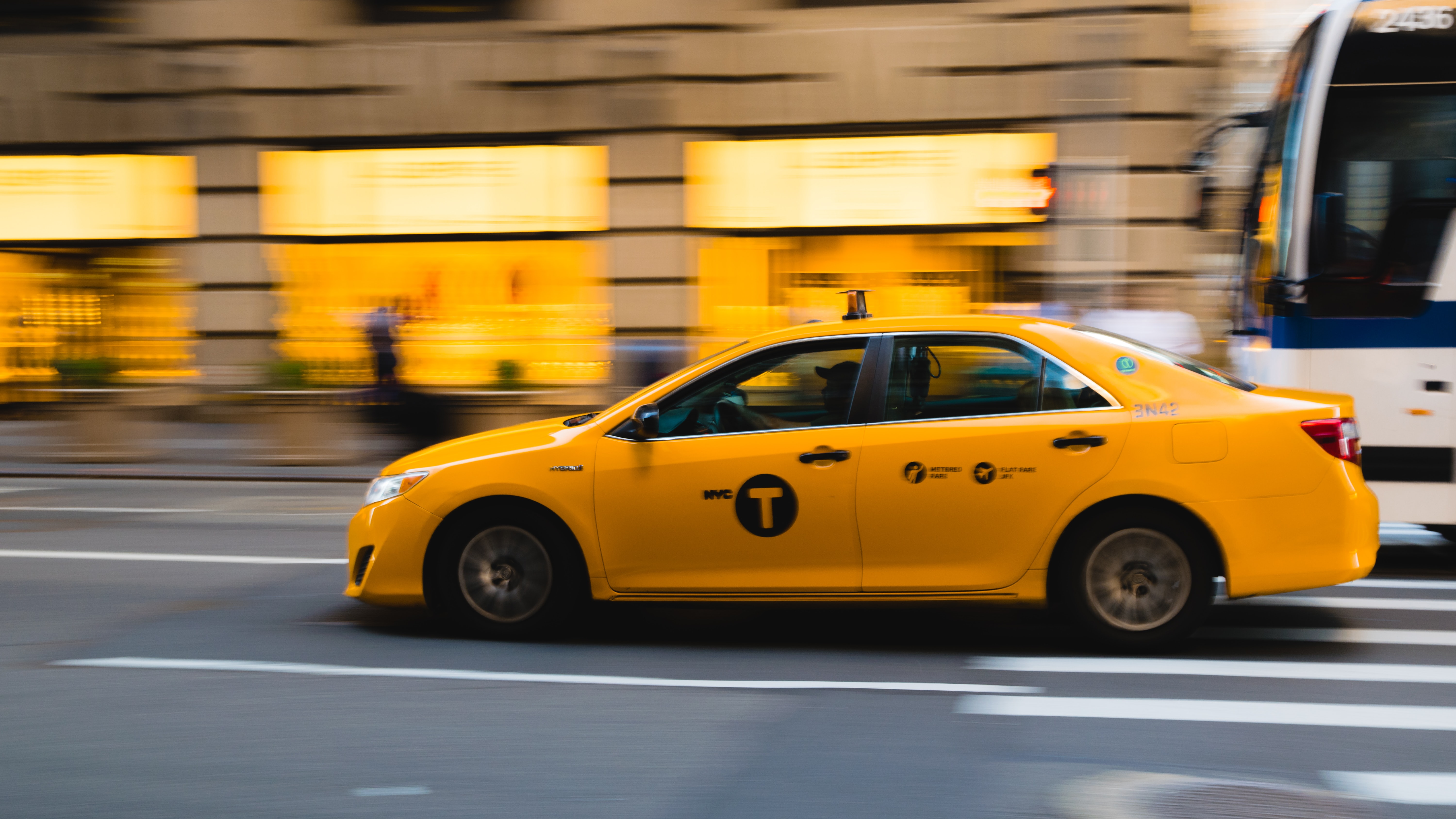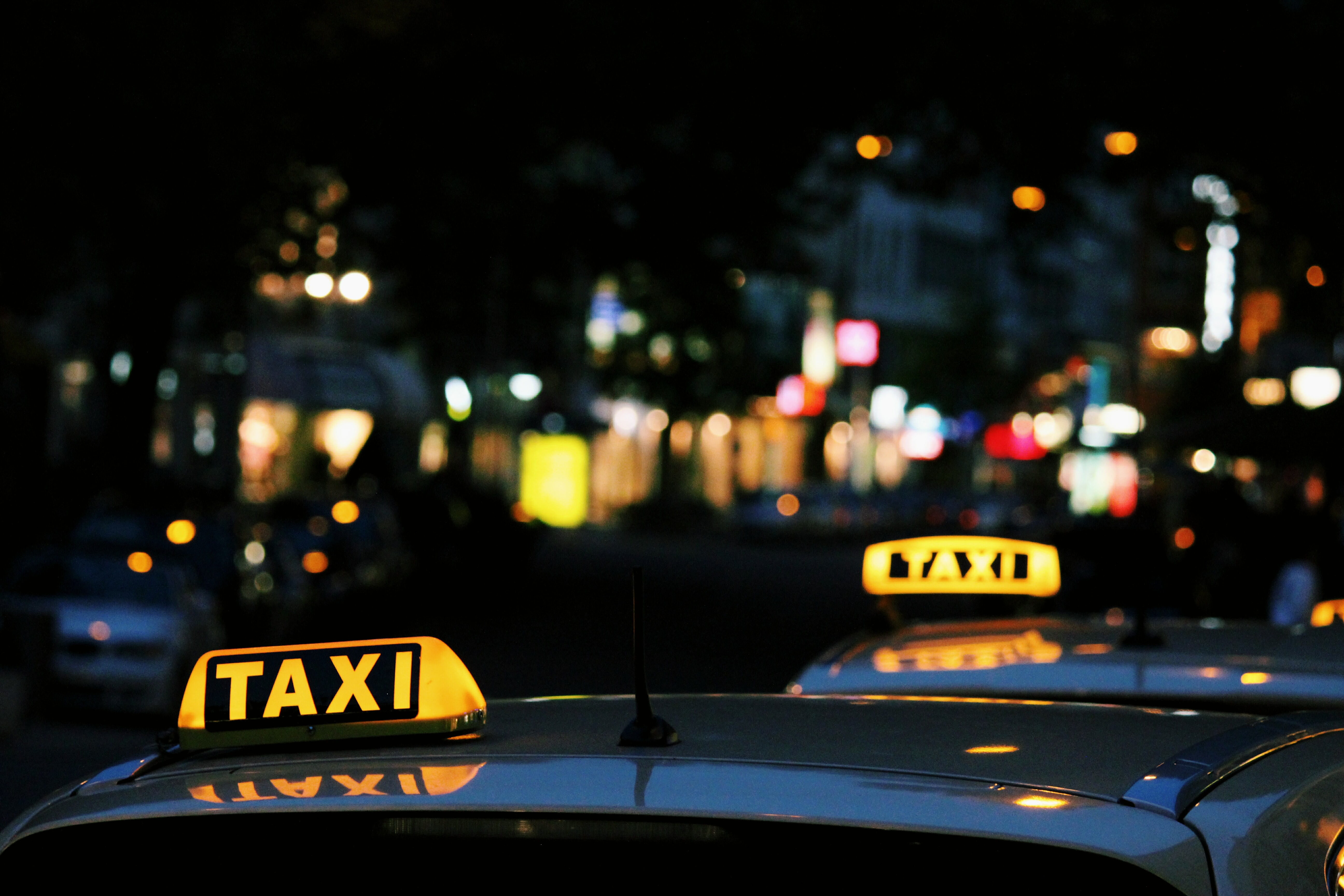In what is accepted to be the main research to quantify the effect of Uber and other ride-booking administrations on the U.S. ambulance vehicle business, two analysts have reasoned that ambulance vehicle utilization is dipping all across the nation over.
An analysis paper disclosed yesterday analyzed ambulance manipulation utilization rates in over 766 U.S. urban areas across 43 states as Uber ventured into their business sectors from 2013 to 2015.
Co-creators David Slusky, an assistant professor of economics at the University of Kansas, and Dr. Leon Moskatel, an internist at Scripps Mercy Hospital based in San Diego, noted that they trust their examination is the first to clarify a pattern that as of not long ago has just been talked about with unreliability
Looking and evaluating Ambulance volumes previously, then after the timeline that Uber ended up noticeably accessible in every city, the researchers found that the ambulance usage rate plunged dramatically.
Slusky said in the wake of utilizing distinctive systems to acquire the “most conservative” decrease in ambulance utilization, the scientists ascertained the drop to be at the minimum 7 percent.
Moskatel shared his preception that the rate of ambulance usage will solidify at 10 to 15% seeing the progress taken by Uber as it becomes more widespread as an effective option for the user base to choose.
Uber based in San Francisco immediately took the steps to distance itself from the perception that availing the services of an Uber driver is an effective substitute for calling an ambulance vehicle.
Uber spokesperson Andrew Hasbun noted that the brand is happy that the service offered by Uber has served effectively in providing the help when it is very much critical. However, he clarified that Uber should not be termed as an alternative to law enforcement or anything medical related. He added that Uber always suggests and urges people dial 911 in case of emergency
Be that as it may, one eminent Bay Area emergency room doctor oppose this idea.
Paul Kivela, director of the American College of Emergency Physicians, said he trusts that for patients with minor health issues who can’t drive themselves to the emergency room, Uber is recommended and suggested.
Be that as it may, many individuals, he stated, will most likely be unable to comprehend what separates a dangerous life-threatening issue from a harmless therapeutic issue. Along these lines, he stated, calling 911 is dependably the most secure way.
Kivela noted that a paramedic is well trained and capable of handling life-threatening issues and what bemused him was that an Uber driver was the one who would be given that responsibility.
The specialists and other analysts, be that as it may, suggested that ride-booking services, for example, Uber and San Francisco-based Lyft can once in a while be the ideal approach to reach hospitals in a haste
Moskatel stated that a reasonable number of individuals are utilizing ambulances to get to the hospitals since they essentially don’t have another alternative for the same — especially the individuals who live in localities where taxis dont ply that much or offer a widespread service.
Moskatel and Slusky said they concentrated just on Uber in light of the fact that they required an expansive set of information and the organization had been working for a more extended timeframe long before contending rivals, enabling the researchers to evaluate a more number of points and places.
Since Uber was not associated with the investigation, Moskatel needed to carefully delineate the dates the organization entered a specific market just in light of the organization’s open declarations.
Slusky noted that Salt Lake City-based NEMSIS consented to run the statistics for every city, however, a dealing within NEMSIS and its registered members prevents any disclosure of data that could be utilized to distinguish rates for particular regions at the state, city or ZIP Code level.
Based in the Santa Clara County, Emergency Medical Services executive Jackie Lowther revealed that there had been no considerable decline in volumes in Santa Clara County, other than the standard regular variation as associated with the season.
Travis Kusman, Lowther’s equivalent in Alameda County declined to comment and so did authorities from Lyft.



